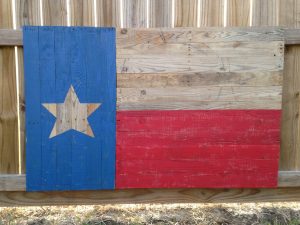As we approach late June, gardeners can take advantage of the warm weather and long days to plant a variety of vegetables, flowers, herbs, and landscape plants. Each selection can thrive in different USDA zones, responding uniquely to temperature and soil conditions.
Vegetables To Plant
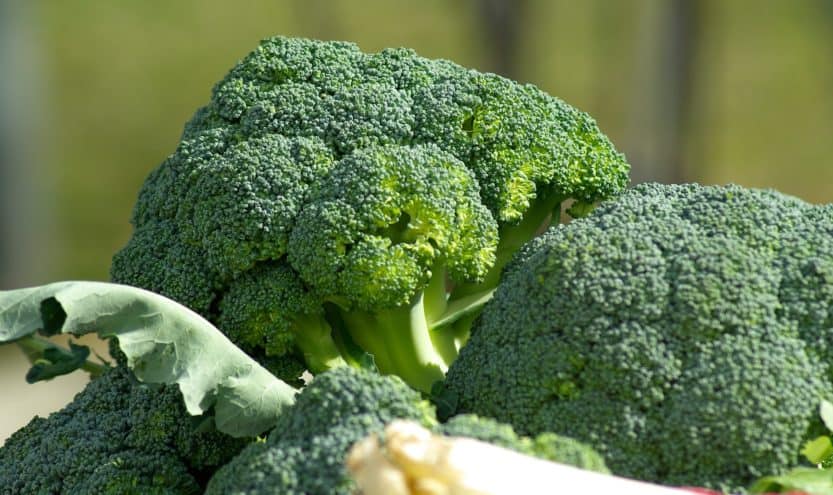
As temperatures rise, now is the perfect time to sow or transplant several warm-season vegetables. Each of these options has unique characteristics based on USDA zones and temperature tolerances.
Beans (Phaseolus spp.)
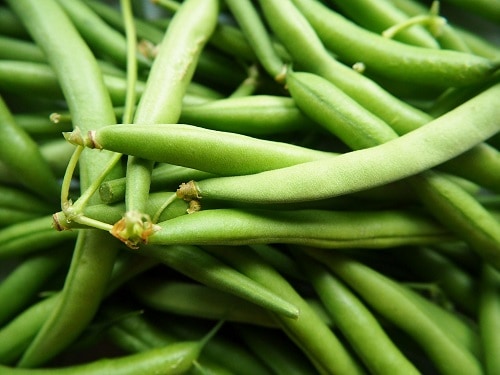
Beans are incredibly versatile and forgiving for gardeners in warmer temperatures. They generally prefer temperatures between 70°F and 90°F for ideal germination and growth. Plant bush and pole bean varieties in late June, aiming for temperatures above 65°F, which often occurs mid to late June in most regions.
Why Plant Now: Beans grow quickly, maturing within 50-60 days. A staggered planting could result in multiple harvests throughout the summer. Gardeners should ensure well-drained soil, as beans are susceptible to root rot in overly moist conditions. Additionally, beans fix nitrogen in the soil, enriching it for subsequent crops.
Corn (Zea mays)
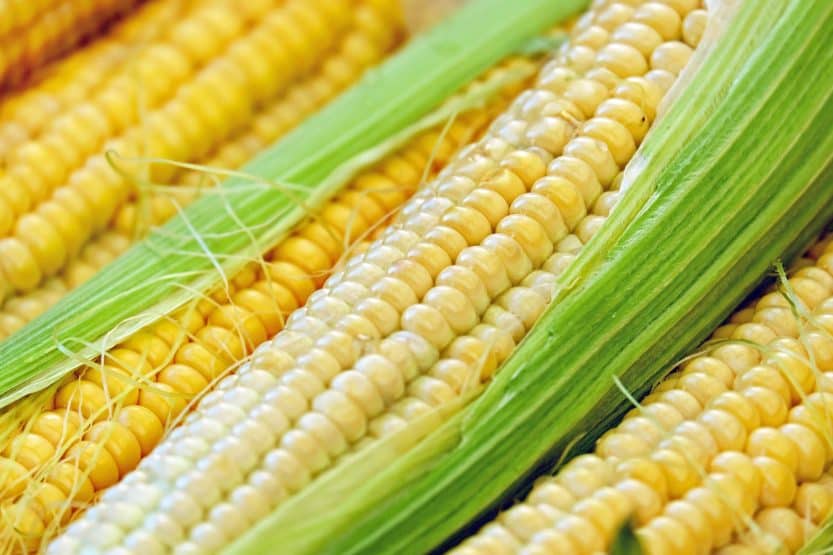
Corn requires warm soil; ideally, soil temperatures should be at least 60°F for successful germination. Plant late June is usually optimal for gardeners in zones 5-8. The optimal air temperature for corn growth ranges from 70°F to 86°F.
Why Plant Now: With early-maturing varieties available, gardeners can expect harvests as soon as 60 days after planting. Corn needs full sun and spaced plantings to allow for proper air circulation. It’s helpful to plant in blocks rather than rows to facilitate better pollination, ultimately increasing yields.
Cucumbers (Cucumis sativus)
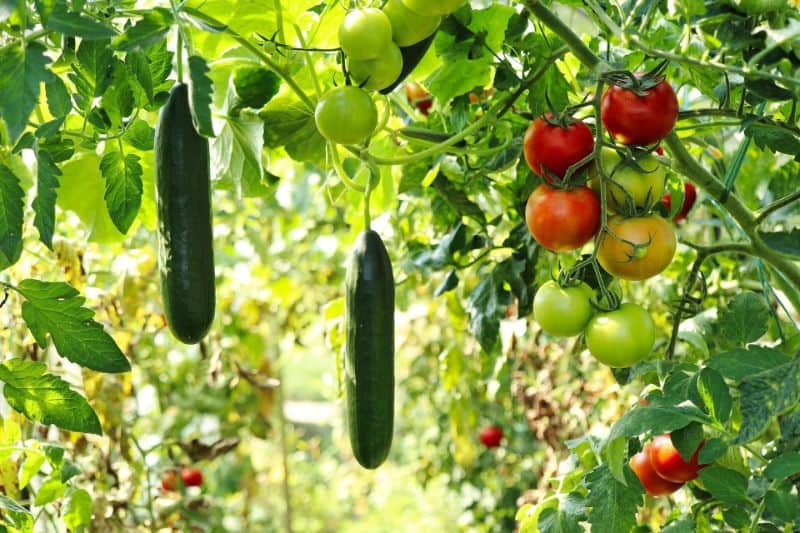
Cucumbers are best planted when soil temperatures reach at least 70°F, making late June ideal in zones 4-9. These warm-loving plants thrive in temperatures between 70°F and 95°F.
Why Plant Now: Cucumbers grow rapidly, with most varieties maturing within 50-70 days. They prefer full sun and should be watered consistently; mulching can help retain soil moisture. Planting cucumbers with vertical support, such as trellises, maximizes space and aids in air circulation while preventing diseases such as powdery mildew.
Zucchini (Cucurbita pepo)
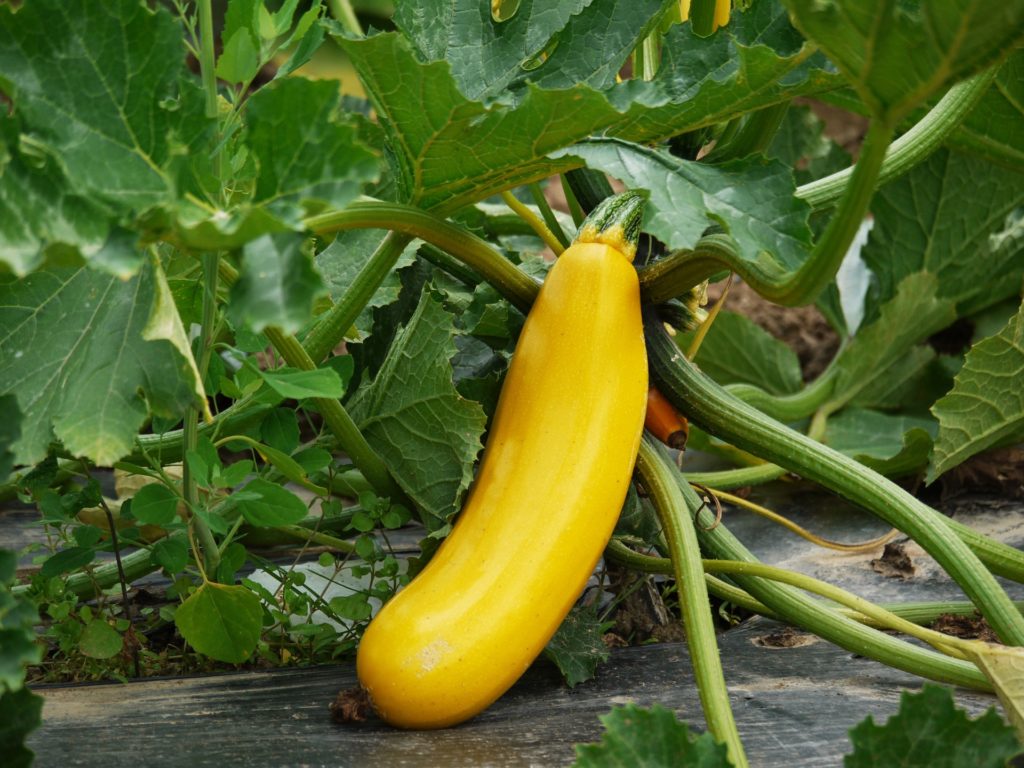
Zucchini loves warm temperatures and should be planted once the soil has warmed above 60°F. During late June, gardeners in zones 4-9 can expect air temperatures in the ideal growing range of 70°F to 90°F.
Why Plant Now: Zucchini matures quickly, typically within 50-60 days. Regular harvesting encourages further fruit production; leaving mature zucchinis on the plant can inhibit more growth. When planted in rich soil, zucchini can produce abundant yields, making them a staple in summer gardens.
Beets (Beta vulgaris)

Beets thrive in cooler weather, making late June planting a bit tenuous in warmer zones (typically zones 3-7). However, some varieties are suited for summer sowing, as long as soil temperatures range from 50°F to 85°F.
Why Plant Now: Beets can tolerate some heat, particularly in well-drained soil. They take about 55-70 days to mature, with both greens and roots usable in the kitchen. When planting, incorporate plenty of organic matter to encourage a sweet harvest, and water regularly to keep the soil adequately moist.
Carrots (Daucus carota)

Carrots prefer cooler soil temperatures, generally germinating well at soil temperatures of 60°F to 70°F. For late June planting, which may be better suited for northern regions with cooler nights (USDA zones 3-9), pay attention to soil moisture and temperature.
Why Plant Now: Although late June can be warm, sowing carrots now will prepare for a late-summer harvest in 70-80 days. They do best in loose, sandy soil that allows for deep root penetration. Carrots also benefit from consistent moisture to develop sweet, tender roots.
Lettuce (Lactuca sativa)
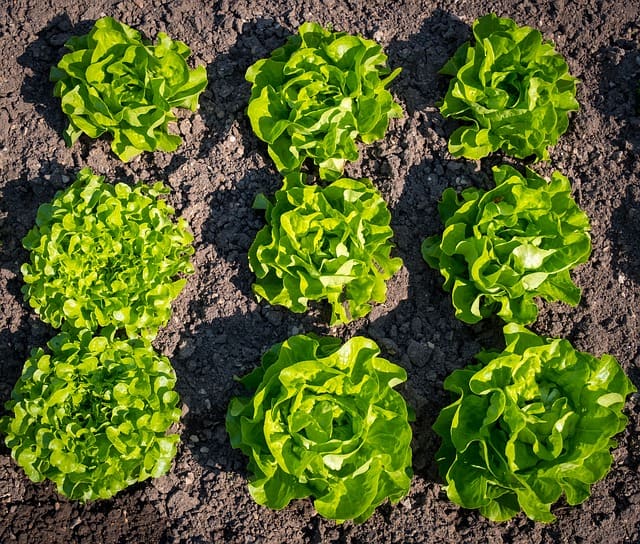
Lettuce prefers cooler temperatures but certain heat-tolerant varieties can do well when planted in late June in warmer climates (zones 4-9). Aim for soil temperatures between 60°F and 70°F.
Why Plant Now: Successful planting in late June allows for a second crop of lettuce before summer heat sets in. Leafy varieties grow quickly, often maturing in as little as 30-50 days. To ensure a continuous harvest, consider staggering sowings every couple of weeks. Shading during extreme heat can enhance tender leaf production.
Radishes (Raphanus sativus)
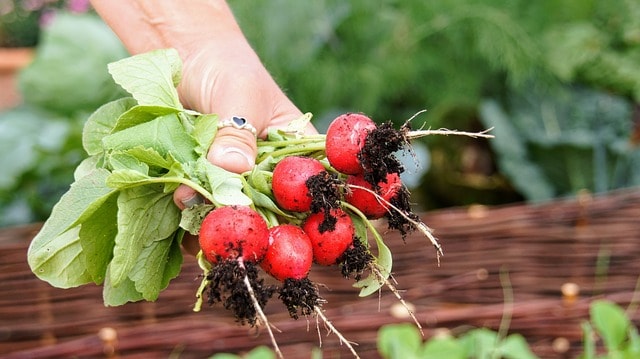
Radishes are fast-growing and can tolerate a wide range of conditions. Temperatures of 50°F to 80°F are optimal for radish growth, making them suitable for quick sowing in late June (USDA zones 3-10).
Why Plant Now: With a growth cycle of just 25-30 days, this vegetable can be harvested before the peak of summer heat. Radishes prefer loose, well-drained soil and should be watered consistently for optimal development. They are great for companion planting with slower-growing crops, helping to maximize garden space.
Squash (Cucurbita maxima)

Late June is ideal for squash planting, especially in warm regions (zones 4-9). Squash prefers temperatures warmer than 65°F. Ideal air temperatures for squash growth range between 70°F and 90°F.
Why Plant Now: Squash plants mature quickly, usually between 60-80 days. This vegetable benefits from rich soil with good drainage and ample water supply. Providing enough space between plants can help prevent disease; consider planting a mix of both summer and winter squash for varied harvest times.
Okra (Abelmoschus esculentus)
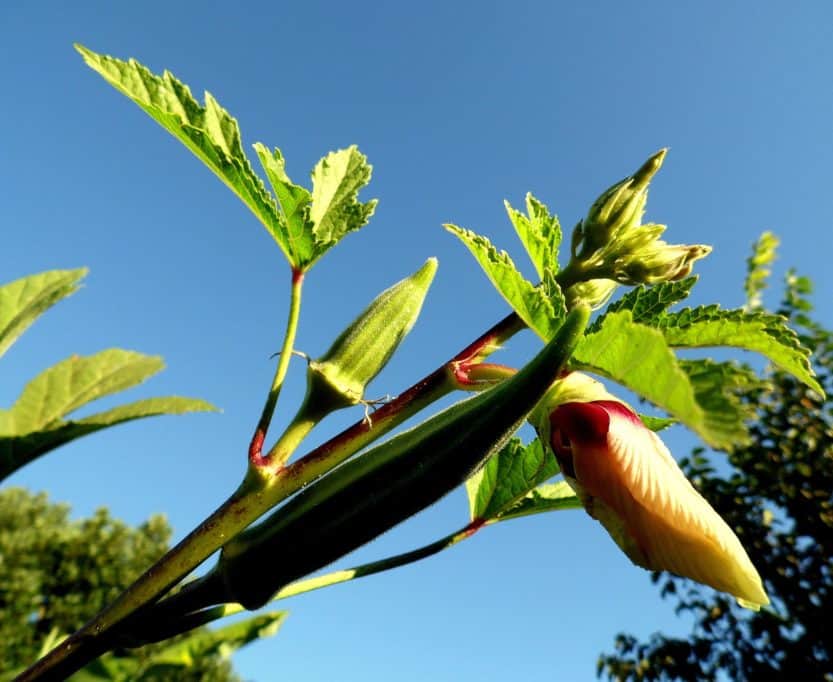
Okra is a quintessential southern crop that thrives in warm conditions, preferring nightly minimum temperatures above 65°F and day temperatures ranging from 80°F to over 100°F. Late June is ideal planting time for zones 7-10.
Why Plant Now: Okra’s growth cycle is typically around 60 days to maturity. Known for its resilience against heat and drought, it grows best in well-drained, sandy loam soil. Regularly harvesting fruits encourages more flower and pod production. Using mulches can help retain soil moisture and keep weeds at bay.
Flowers To Plant
The summer months bring a vibrant display of flowers to gardens. In late June, it’s perfect for transplanting or sowing blooms that can hold up against the heat.
Sunflowers (Helianthus annuus)
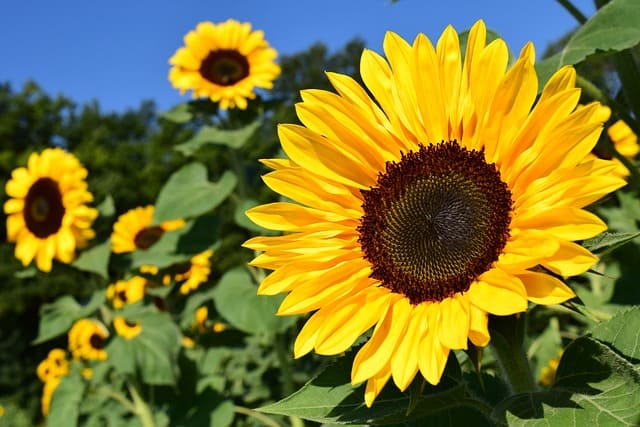
Sunflowers thrive in temperatures ranging from 70°F to 85°F and require full sun for at least 6 hours a day. Late June planting is appropriate for most USDA zones (3-10) as soil temperatures have warmed sufficiently.
Why Plant Now: Sunflowers mature quickly, flowering often within 70-90 days. They are excellent for attracting pollinators and birds. Planting in clusters can create stunning visual displays. Ensure to provide enough room between plants, as larger varieties can grow quite tall and heavy.
Zinnias (Zinnia elegans)
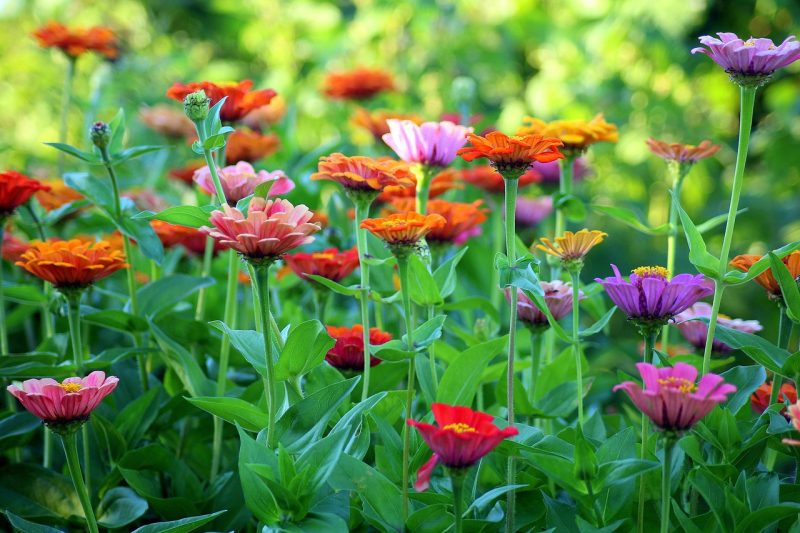
Zinnias are ideal for planting in late June, thriving in well-draining soil and full sun, ideally in temperatures ranging from 70°F to 90°F. They are suitable for USDA zones 3-10.
Why Plant Now: Fast-growing, zinnias bloom from summer to fall, with many varieties maturing in less than 60 days. They attract butterflies and bees to gardens, providing a colorful surface that encourages biodiversity. Regular deadheading promotes continued flowering throughout the season.
Marigolds (Tagetes spp.)
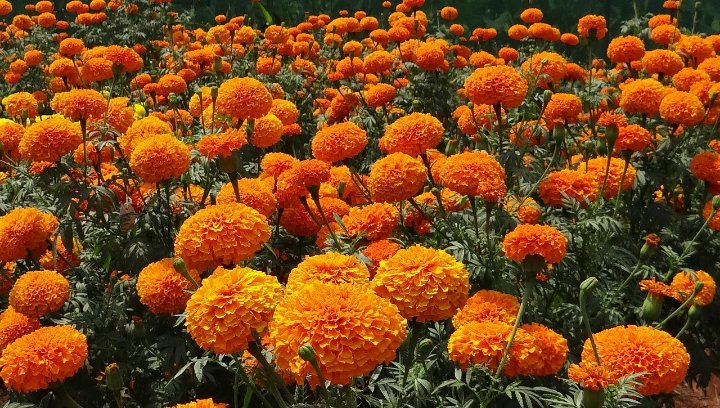
Warm-weather marigolds can be planted in late June as they flourish in temperatures ranging from 65°F to 80°F. Suitable for zones 2-11, these flowers love full sunlight.
Why Plant Now: With a quick growth cycle, marigolds can flower in as little as 45 days. Besides their vibrant colors, they are excellent pest deterrents and can be planted alongside vegetables to help protect from harmful insects. They require well-draining soil and should not be overwatered.
Cosmos (Cosmos bipinnatus)
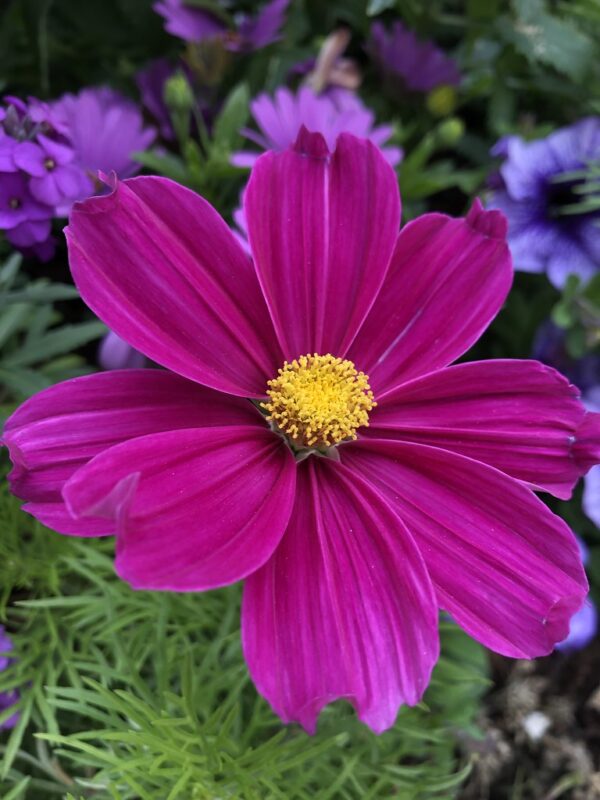
Cosmos prefer warm temperatures from about 60°F to 90°F, making late June planting favorable in zones 3-10. Full sun is essential for their robust growth.
Why Plant Now: Cosmos bloom over the summer and thrive in poor soils that do not retain excess moisture. Being drought-tolerant, they are low-maintenance plants that attract butterflies and can self-seed, providing a continuous floral display for future seasons.
Lantana (Lantana camara)
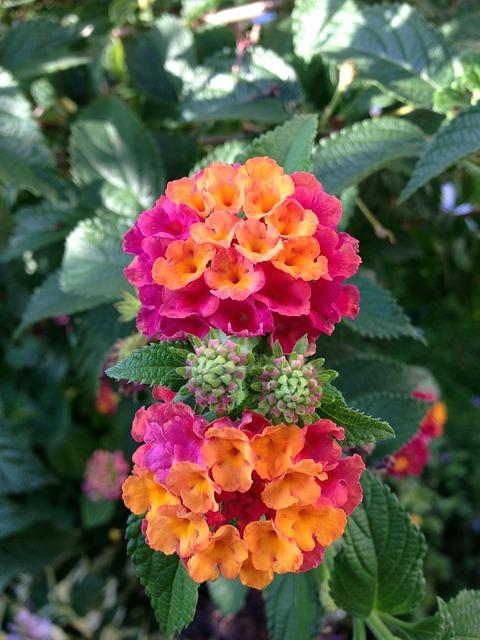
Ideal for hot and sunny climates in USDA zones 8-11, lantana requires temperatures above 70°F and thrives in soil that drains well. Late June is an optimal planting time.
Why Plant Now: Lantana is known for its resilience and ability to attract butterflies. Its flowers bloom from spring to frost with minimal care. Regular pruning can promote bushy growth. It adapts to a variety of soil types, making it an excellent choice for less fertile areas.
Nasturtiums (Tropaeolum majus)
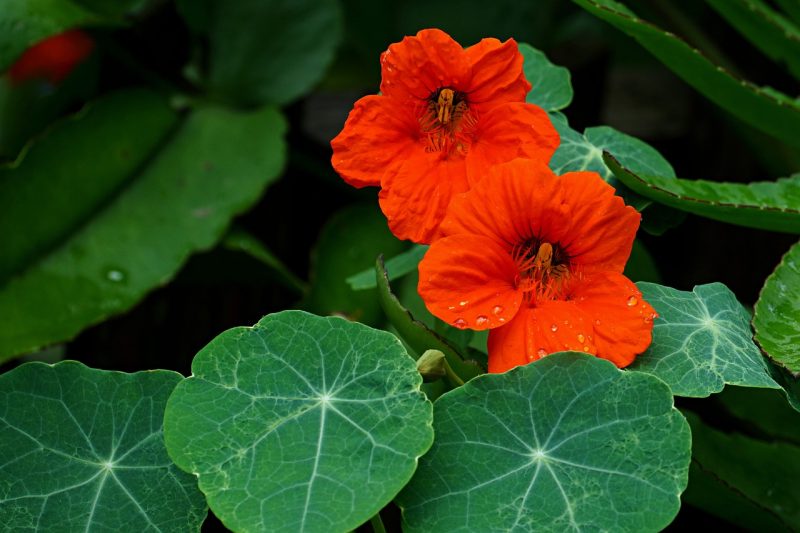
Nasturtiums are hardy, vibrant flowers that prefer cooler soil temperatures (around 55°F to 75°F) for optimal growth and plantings can be made in USDA zones 2-11 during late June.
Why Plant Now: With rapid growth, these annuals usually flower within 30-50 days. Both the flowers and leaves are edible, making them versatile for gardens. Nasturtiums are also beneficial as they deter pests, making them a great companion option for vegetable gardens.
Petunias (Petunia spp.)

Petunias thrive in warm soil temperatures of 70°F to 80°F, making late June a good planting window for USDA zones 5-10. Full sunlight supports their growth, and they enjoy slightly acidic to neutral pH levels.
Why Plant Now: Known for their vibrant blooms in a spectrum of colors, petunias mature quickly and can create brilliant displays in pots or garden beds. They require regular watering, but overwatering should be avoided to prevent root rot.
Salvia (Salvia spp.)
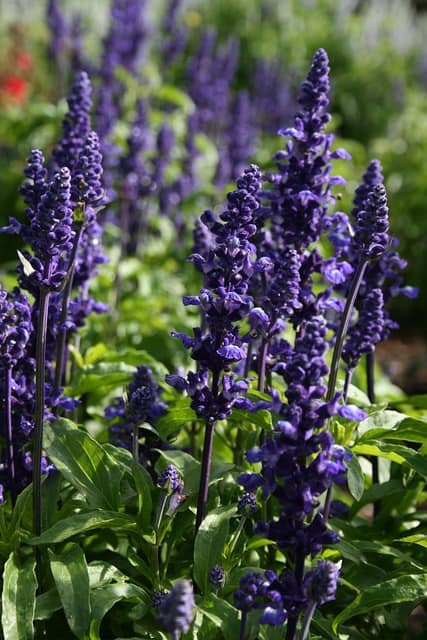
Salvia can be planted in late June in USDA zones 3-10. They prefer full sun and can thrive in temperatures as high as 85°F or more.
Why Plant Now: Many salvia varieties are drought-resistant and hardy, blooming from spring until frost. They attract hummingbirds and pollinators alike and benefit from being cut back after blooming to encourage bushier growth for future seasons.
Cleome (Cleome hassleriana)
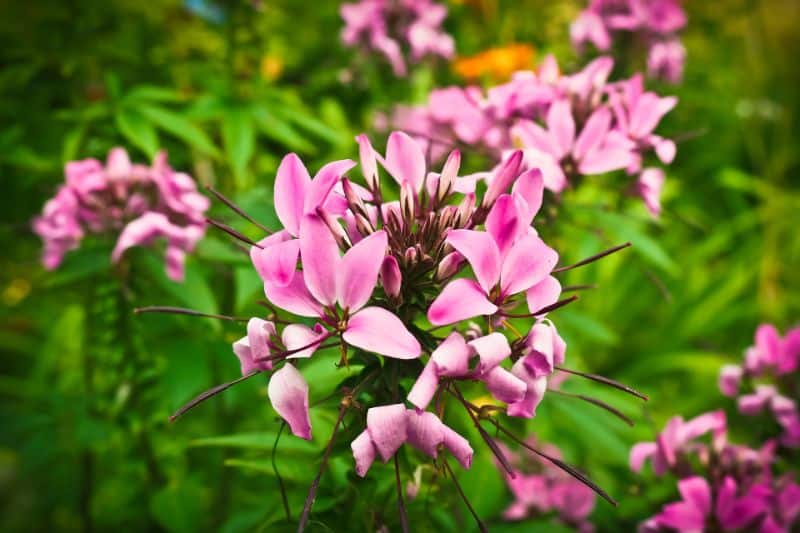
Cleome grows well in warmer conditions, thriving in temperatures around 70°F to 95°F. Late June is ideal for sowing seeds in USDA zones 5-10.
Why Plant Now: Known for its unique spiky flowers, cleome can attract bees and butterflies to the garden while also acting as a deer-repellent plant. These tall annuals grow quickly, often reaching heights of four feet and providing wonderful garden dimension.
Verbena (Verbena spp.)
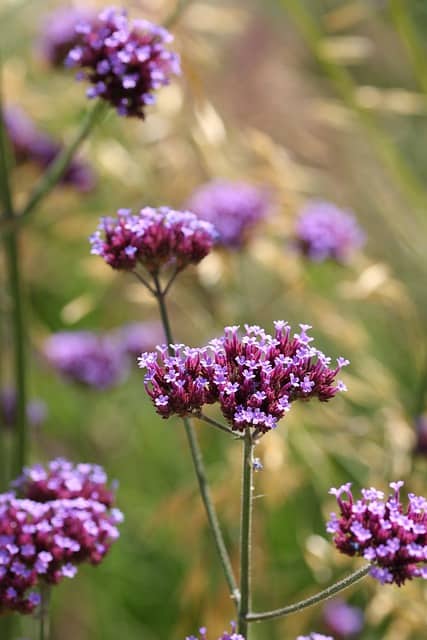
Verbena performs well in full sun with warmer temperatures of 65°F to 85°F. Late June planting is suitable in warmer UDSA zones (7-11).
Why Plant Now: Verbena is known for its clusters of small flowers that attract many pollinators. Once established, it provides abundant blossoms with minimal needs for water and care. Its trailing habits make it ideal for containers and hanging baskets, forming beautiful cascades through summer.
Herbs To Plant
Growing fresh herbs can elevate culinary dishes while enhancing your garden with fragrances and textures. Here are several herb varieties faithful to different climactic preferences.
Basil (Ocimum basilicum)
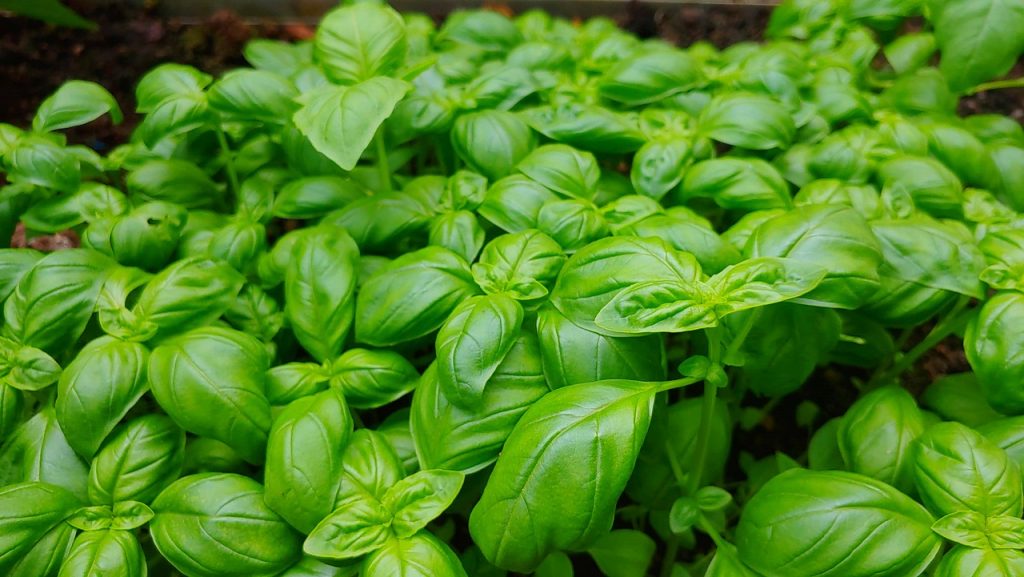
Basil thrives best between 70°F and 85°F and can be planted in late June in USDA zones 10-11. It enjoys full sun and should be planted after the last frost.
Why Plant Now: Basil grows quickly, typically within 30-60 days, making it an essential herb for summer cooking, especially in sauces and salads. When harvesting, it’s essential to pinch off the flowering tops to encourage bushier growth. This also discourages bitterness.
Dill (Anethum graveolens)

Dill grows best in temperatures ranging from 60°F to 70°F and is best sown in late June in USDA zones 3-9.
Why Plant Now: Dill has a short growing cycle of about 40-60 days. While annual, it’s a self-seeding herb that brings flavors to dishes and complements cucumbers and potatoes. Plant it in a sunny area with well-drained soil, remembering to harvest before it bolts for peak flavor.
Cilantro (Coriandrum sativum)
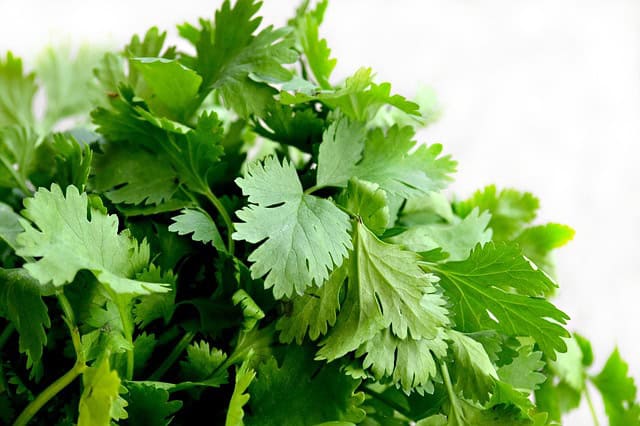
Cilantro flourishes in slightly cooler conditions, preferring temperatures ranging from 50°F to 70°F. Late June is appropriate in warmer zones (9-10).
Why Plant Now: While a bit finicky, cilantro can provide fresh leaves within 30-45 days. It’s wise to sow continuously every few weeks to maintain a constant supply. Cilantro prefers partial shade in the hot summer months to prevent it from bolting.
Thyme (Thymus vulgaris)
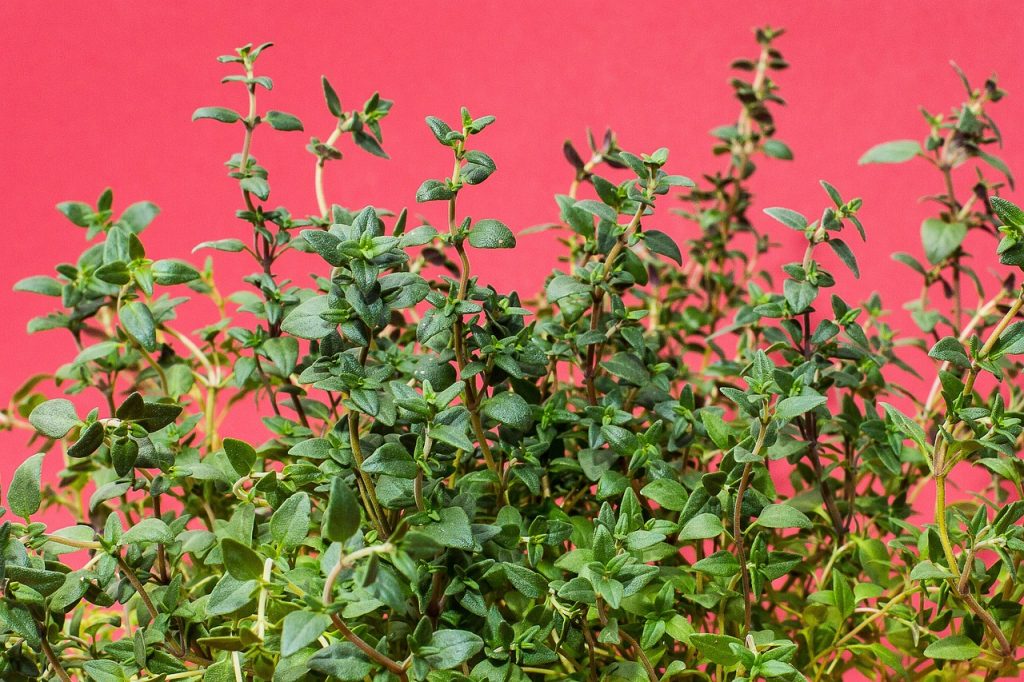
Thyme loves dry, hot conditions with temperatures ideally between 70°F and 85°F. Suitable for planting in late June across USDA zones 3-9.
Why Plant Now: Thyme needs well-drained soil and is drought-resistant once established. It grows slowly at first but will flourish in summer. Regular trimming stimulates growth and improves flavor intensity, making it perfect for all types of dishes.
Chives (Allium schoenoprasum)
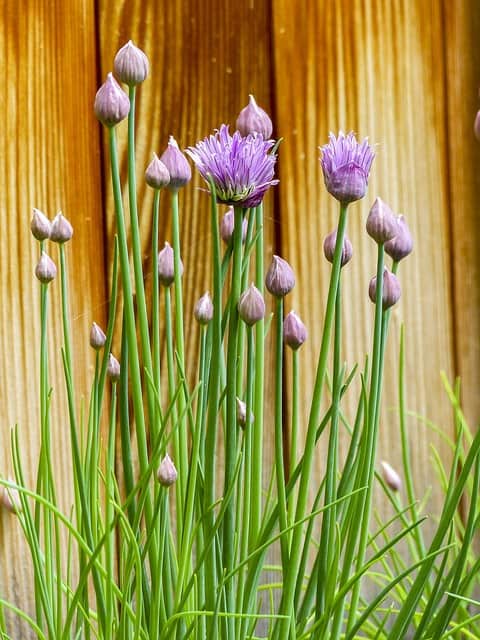
Chives can be planted in late June in USDA zones 3-9. They prefer temperatures between 60°F and 75°F.
Why Plant Now: Chives are hardy perennials that quickly return each spring, usually taking just 60 days to produce harvestable greens. They require minimal maintenance and their mellow onion flavor enhances numerous meals.
Oregano (Origanum vulgare)
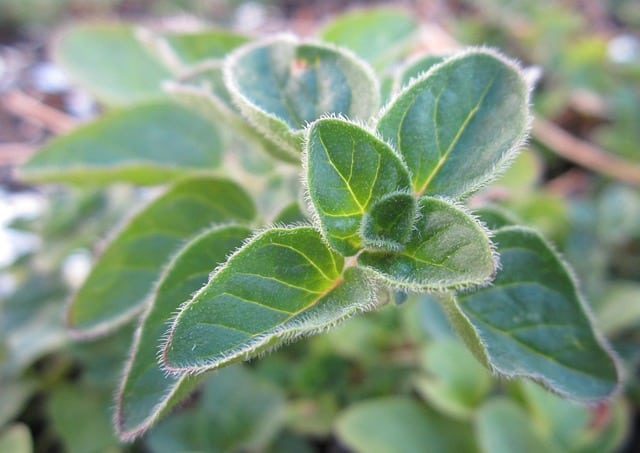
Oregano requires full sun and does well in warmer conditions, preferring temperatures around 70°F to 80°F. Ideal for planting in late June in USDA zones 5-9.
Why Plant Now: Oregano is a perennial herb, usually taking about 80 days to mature for culinary use. Once established, it’s drought-tolerant and thrives in less-than-ideal soil conditions, making it a straightforward addition to any herb garden.
Lavender (Lavandula spp.)
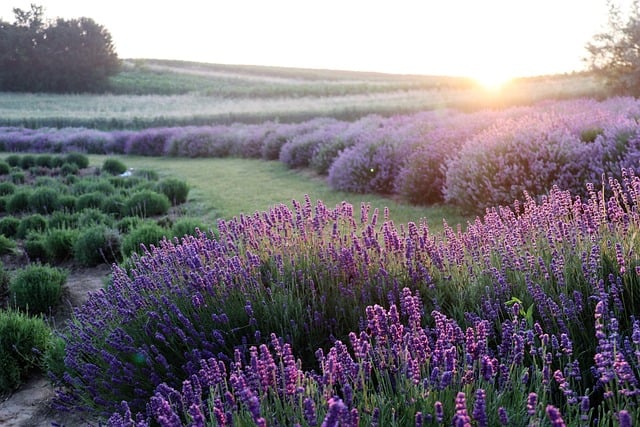
Lavender grows best in warm, sunny environments, ideally in temperatures around 70°F to 90°F. Planting in late June is suitable in USDA zones 5-8.
Why Plant Now: As a perennial, lavender matures in approximately 100 days. Its aromatic flowers and foliage serve numerous purposes, from culinary to decorative and aromatic. Lavender enjoys well-drained soils; too much moisture can lead to root rot.
Mint (Mentha spp.)
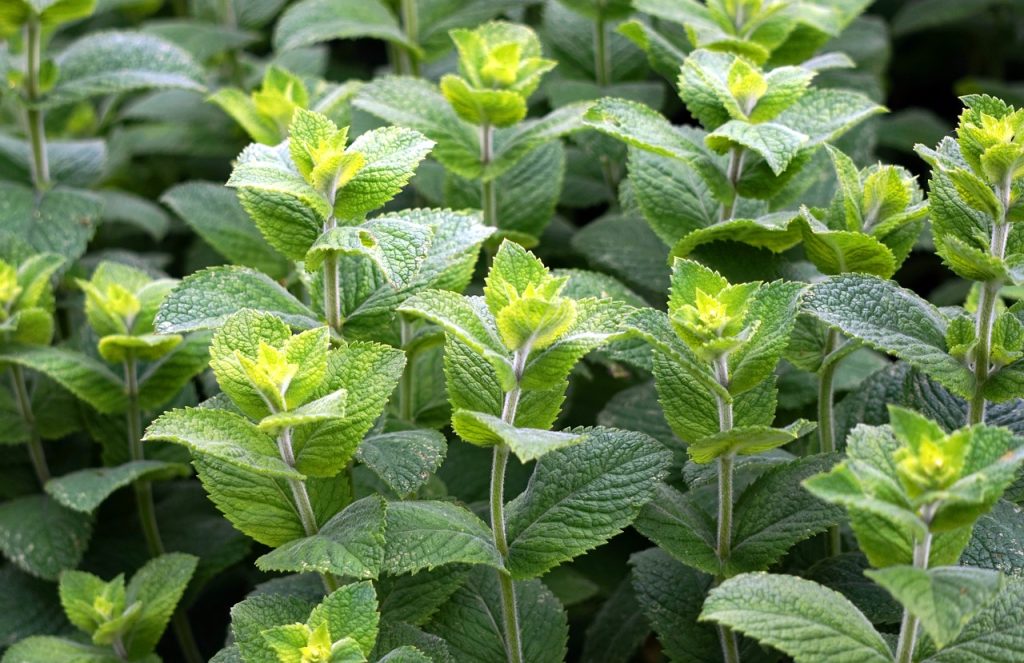
Mint grows best in USDA zones 3-9 and prefers soil temperatures around 60°F to 70°F. Late June planting allows for vibrant growth through the summer months.
Why Plant Now: Mint may spread rapidly, so planting in contained areas or pots is recommended. It grows quickly, providing nutrient-packed leaves for herbal teas and culinary creations in as little as 60 days. Regular pruning promotes bushier growth and delays flowering, which can often render the leaves bitter.
Parsley (Petroselinum crispum)
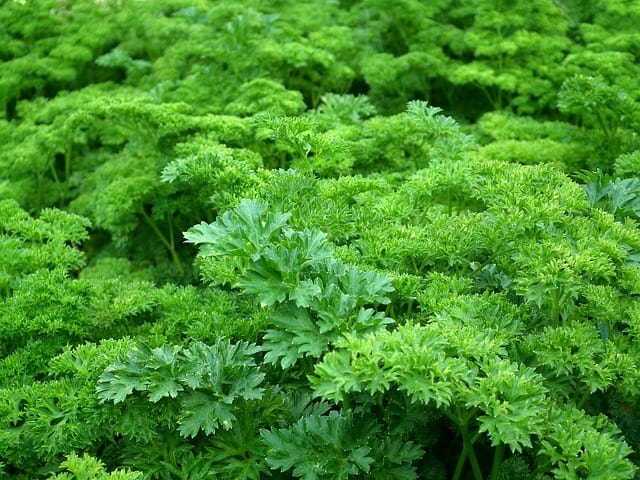
Parsley grows well in temperatures ranging between 50°F and 70°F but can tolerate warmer conditions, making late June a suitable planting time for USDA zones 3-10.
Why Plant Now: Parsley may take up to 75-90 days to establish and thrive, with the potential to produce foliage for culinary use throughout the entire season. Keep the soil consistently moist, and provide partial shade in extreme heat to prolong plant health.
Sage (Salvia officinalis)
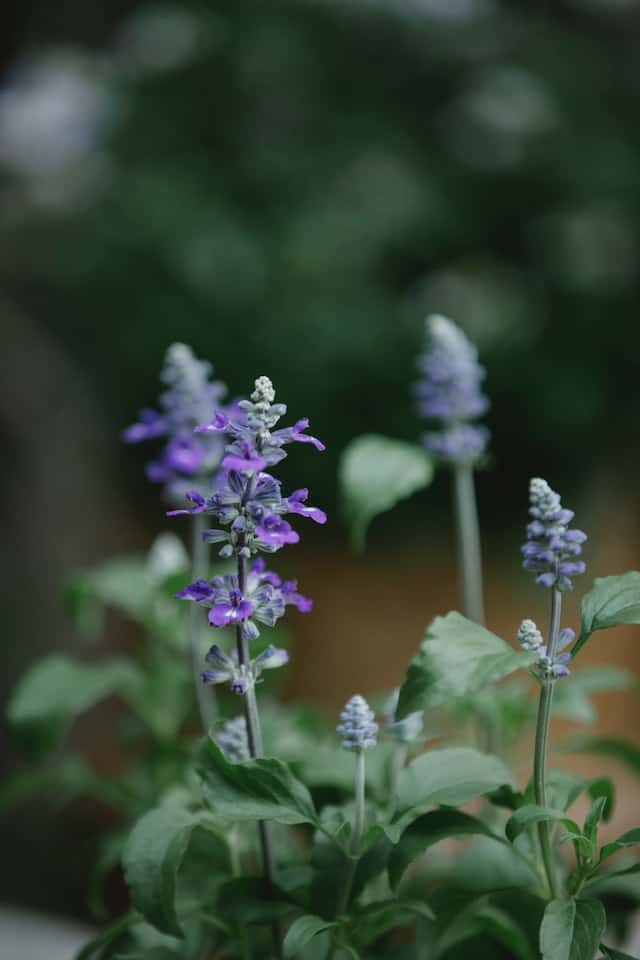
Sage thrives in sunny and warm locations, suitable for USDA zones 5-9. Plant it in late June when temperatures are ideally between 70°F to 85°F.
Why Plant Now: As a perennial, sage can take about 75 days to mature and is a hardy plant that can withstand drought conditions once established. Regular harvesting helps to maintain vigor and flavor intensity throughout the growing season.
Landscape Plants To Plant In Late June
Enhance your garden’s aesthetics and biodiversity by introducing new landscape plants in late June. Each plant offers different characteristics based on USDA zones and growing conditions.
Daylilies (Hemerocallis spp.)
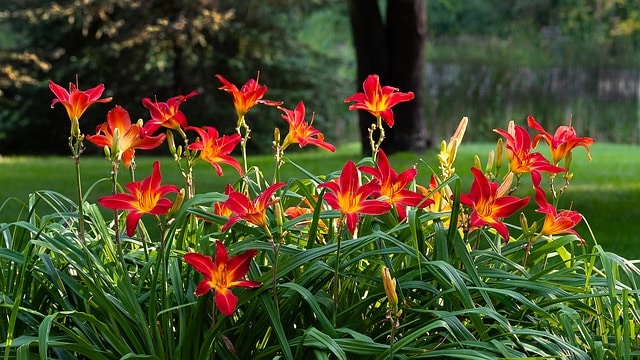
Daylilies grow well across most USDA zones (3-9) and require well-draining soil in full sun to partial shade. They thrive in temperatures ranging from 65°F to 80°F.
Why Plant Now: Daylilies are resilient and low-maintenance perennials that bloom in late spring to summer, typically within 40-60 days after planting. They can tolerate drought once established, making them perfect for various garden settings.
Hydrangeas (Hydrangea spp.)
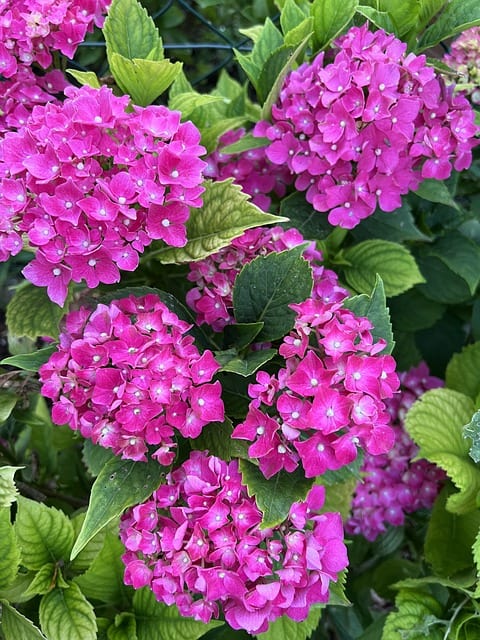
Hydrangeas prefer a mix of sunlight and shade and thrive in USDA zones 3-9, ideally when planted in soil temperatures above 60°F.
Why Plant Now: Depending on the variety, hydrangeas typically bloom within 90-120 days. They need consistent moisture, especially during hotter months, making regular watering essential for healthy flower clusters.
Coneflowers (Echinacea spp.)
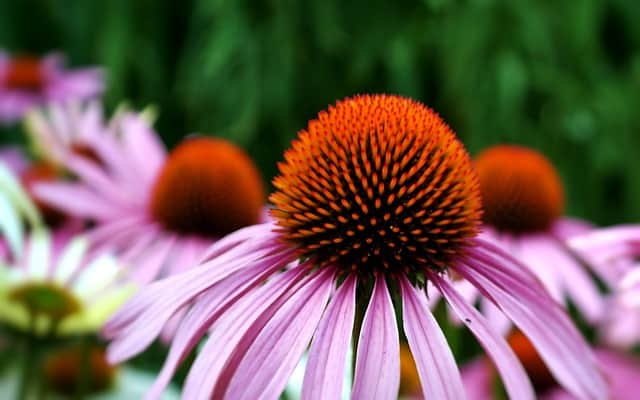
Coneflowers are hardy in many climates and should be planted in full sun; they thrive in USDA zones 3-9. They prefer soil temperatures above 65°F, which is compatible with late June planting.
Why Plant Now: As perennials, coneflowers bloom around 80-90 days after planting, lasting through summer into fall. They are drought-resistant once established and attract beneficial pollinators, enhancing garden health.
Black-Eyed Susans (Rudbeckia hirta)
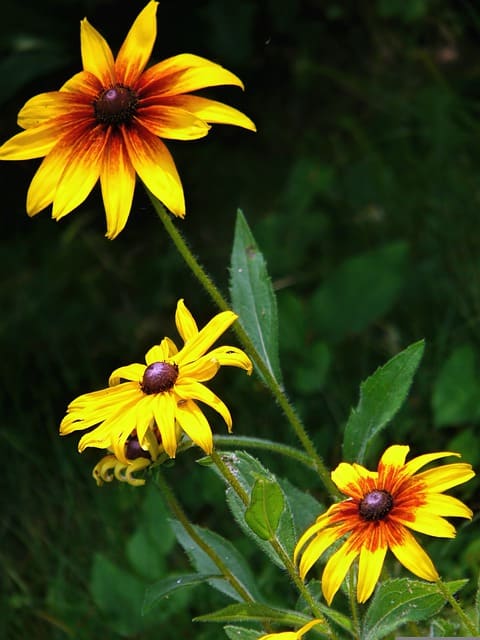
Black-Eyed Susans are well-suited for USDA zones 3-9 and thrive in sunny locations. Optimal temperatures range from 60°F to 85°F during late June.
Why Plant Now: These resilient perennials usually bloom within 70-90 days, adding consistent color to gardens. They offer low maintenance and are drought-resistant, making them a reliable choice for summer landscapes.
Sedum (Sedum spp.)

Sedums are hardy succulents that can endure dry conditions; they thrive in USDA zones 3-9 and prefer temperatures from 65°F to 85°F.
Why Plant Now: Late June is perfect for sedum planting, as they root quickly and adapt well to poor soil. They are low-maintenance, drought-tolerant, and can provide interest throughout the year with minimal care.
Ornamental Grasses
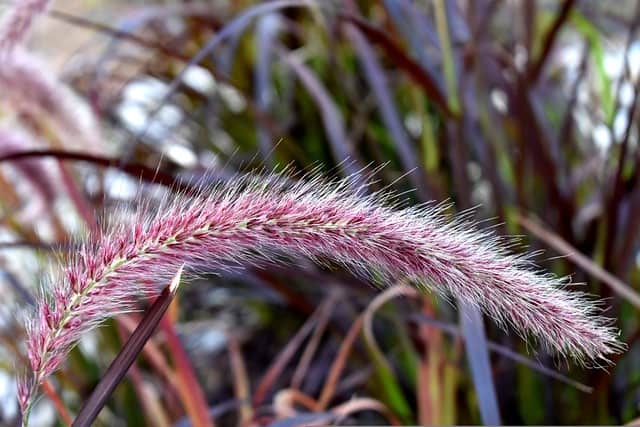
Ornamental grasses like Miscanthus and Panicum perform well in sunny environments; plant them in late June, ideally in USDA zones 3-9. They flourish in temperatures above 70°F.
Why Plant Now: Many ornamental grasses can grow within a couple of seasons but provide architecture and movement to the landscape as they mature. They are low-maintenance, requiring little water once established.
Italian Cypress (Cupressus sempervirens)
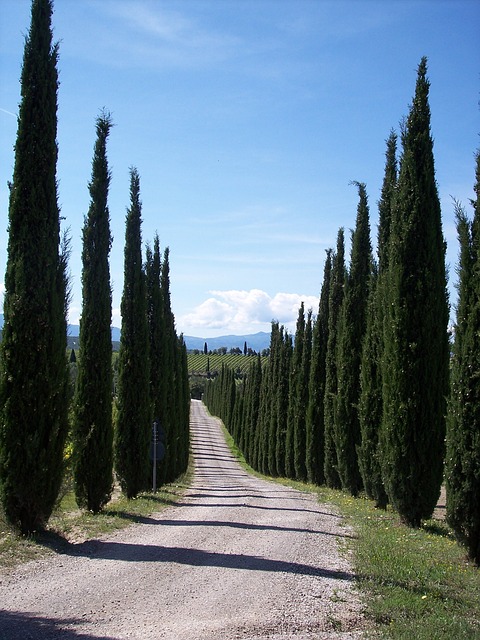
Ideal for warmer climates (zones 7-10), plant Italian cypress in late June when soil temperatures warm up to 70°F or higher.
Why Plant Now: This tall, slender tree grows relatively quickly, often achieving a striking height in just a few years. It thrives in bright sunlight and well-drained soil, making it a popular choice for both formal and informal landscapes.
Ajuga (Ajuga reptans)
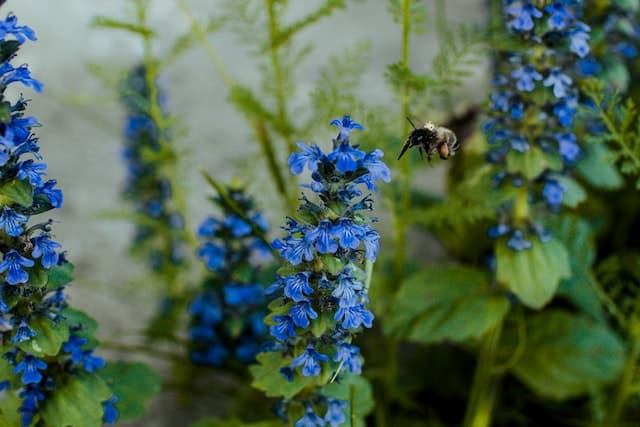
Ajuga serves as an excellent ground cover and can be planted in lighter shade to partial sun in USDA zones 3-9. Ajuga prefers well-drained, moist soil while thriving in temperatures between 60°F and 75°F.
Why Plant Now: These fast-growing lush plants can fill spaces quickly, blooming in about 50-60 days. Ajuga also tolerates some foot traffic, making it suitable for a variety of landscape settings.
Lilac (Syringa vulgaris)
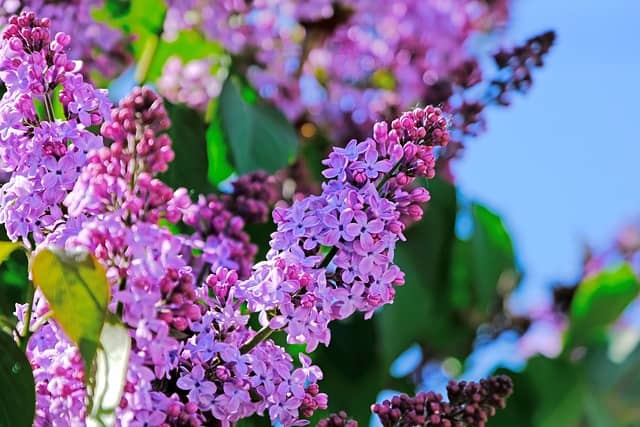
Lilac is suited for cooler climates (zones 3-7), and they prefer cooler temperatures of 65°F to 75°F. Late June is a good time to plant these fragrant shrubs.
Why Plant Now: Lilacs typically take about 90-120 days to bloom but provide breathtaking flowers each spring. They thrive in full sun and benefit from well-draining soils; proper pruning helps maintain shape and encourages blooming.
Bottlebrush (Callistemon spp.)
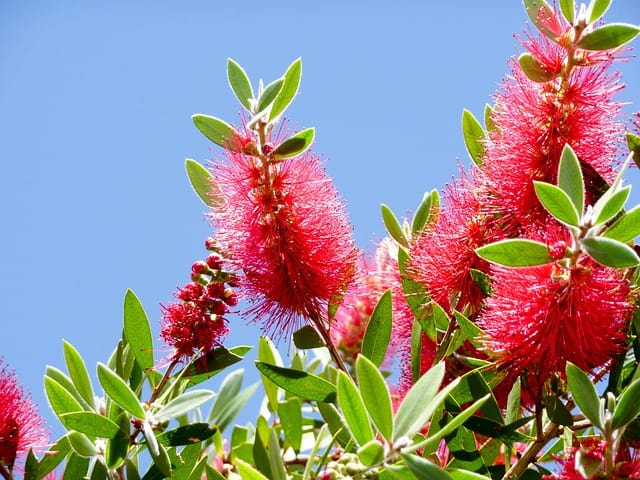
Bottlebrush plants thrive in warmer temperatures above 70°F, making late June a suitable planting time for USDA zones 8-10 while enjoying full sun and well-draining soils.
Why Plant Now: These stunning plants can bloom within 60-90 days and produce vibrant spikes that benefit pollinators. Bottlebrush plants can tolerate drought once established, making them ideal for low-maintenance landscapes.





